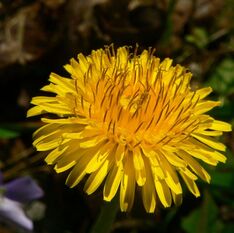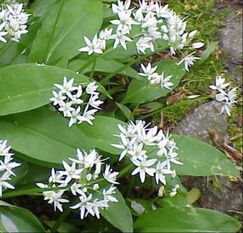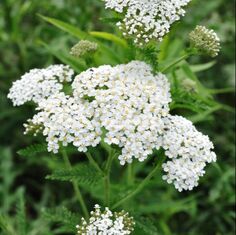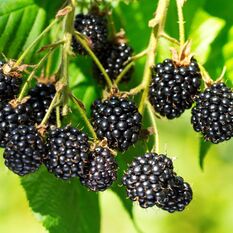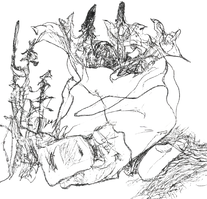 Over the last few years fishing tenkara, I have also honed my skills at identifying plants and even a few mushrooms along the way. When we are in the outdoors plants are all around us and having a little knowledge about wild plants seemed to fit in really well with my own practice. Foraging allows us to develop a deeper understanding and appreciation for the natural world while discovering a wide array of edible and sometimes medicinal plants that grow freely in our surroundings. Knowing how to identify plants that are poisonous or toxic can also be important. There is no way I could cover all the elements of foraging in this one blog post but I hope that it inspires you to maybe learn a few plants along your path. Just be sure to positively identify plants before you ingest them. Some advantages of learning to forage.
You will likely be able to identify many common plants but it is essential to know your plant identification on certain plants 100% of the time.
To begin your foraging adventure, I suggest you start with a few common edible plants that are relatively easy to identify and have minimal risks associated with them. At the beginning there is really no reason to actually harvest the plants unless you think you want to try them. Here are four easy to learn examples:
Foraging for edible plants in the wild allows us to reconnect with nature. By respecting safety guidelines, educating ourselves, and being mindful of our environment, we can add to our outdoor experience and build skills in self-sufficiency. Start small with easily identifiable plants and gradually expand your foraging knowledge. Remember, foraging is not only about finding sustenance but also about cultivating a deeper connection with the natural world. So, next time you are walking down a path or through a field, slow down to take a look around and see what incredible plants surround you. Happy foraging!
1 Comment
Jonathan Antunez
7/8/2023 08:22:31 pm
I sneak in Mushroom hunting whenever I can when hiking up to mountain lakes.
Reply
Leave a Reply. |
PATH NOTES
Learn cool things: Recipes, hacks, gear, instructional videos, and more! Have something you want to share? A cool hack? A recipe or trick you use when out in the field?
Past post
March 2024
Categories |
